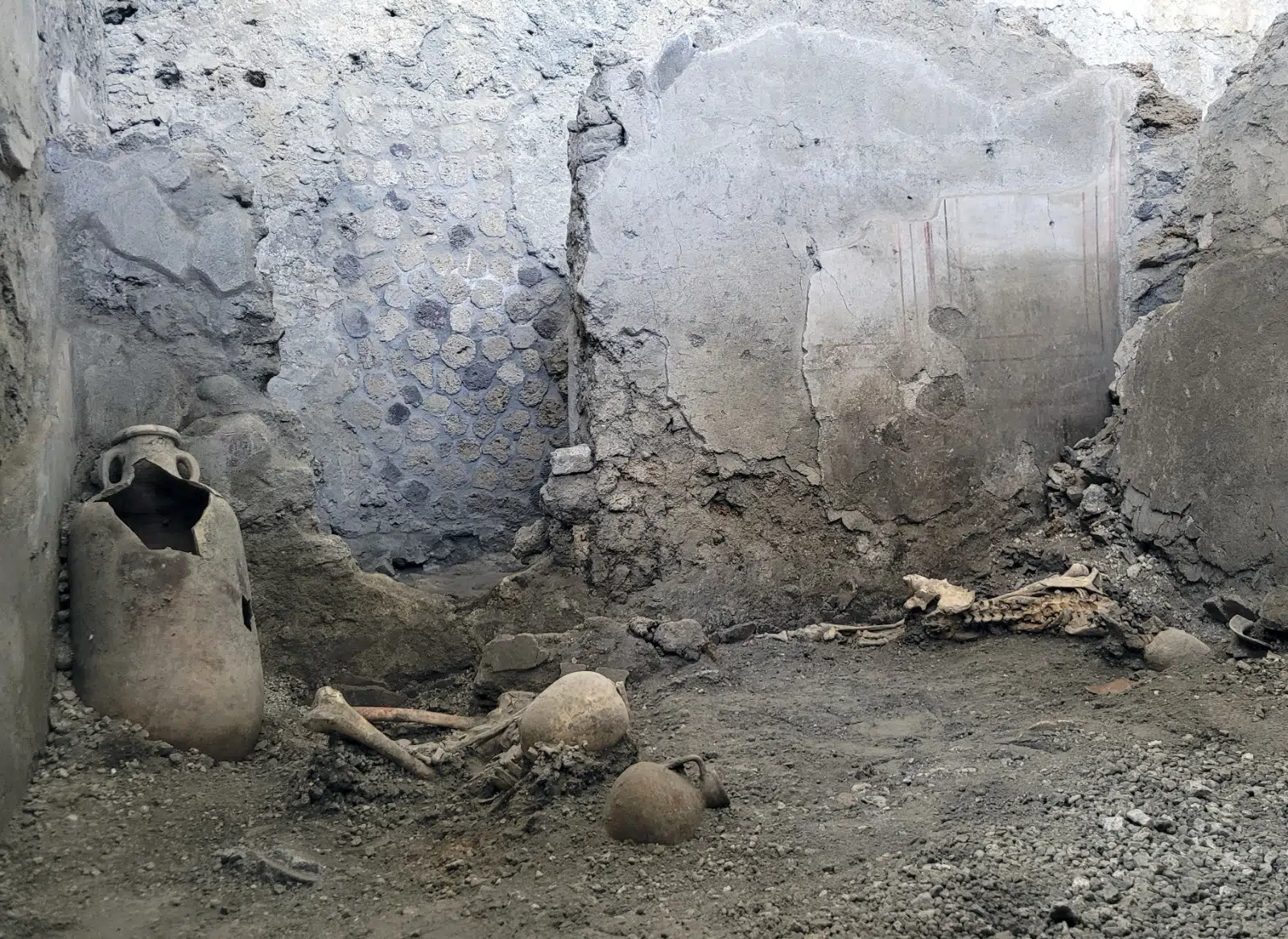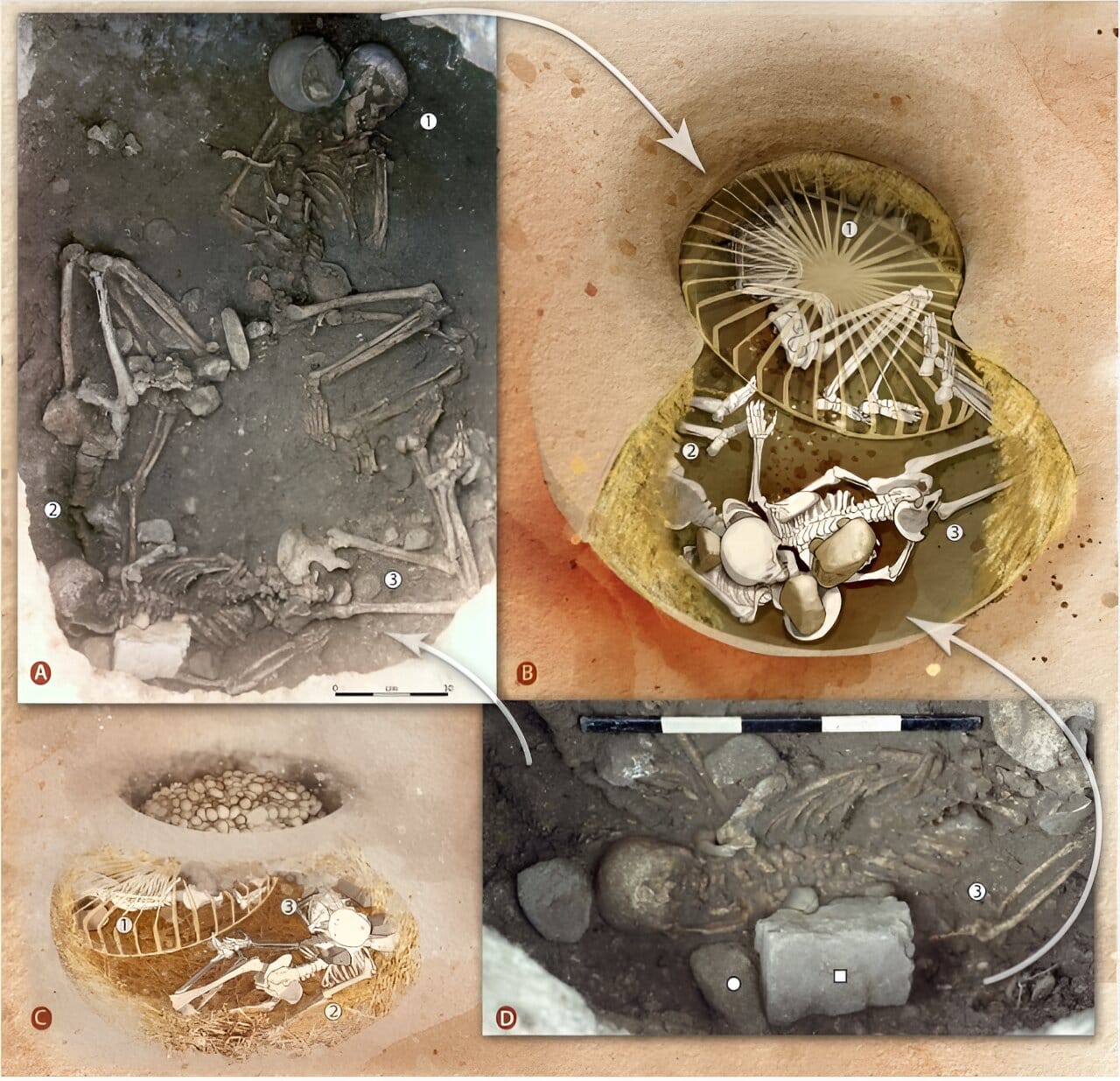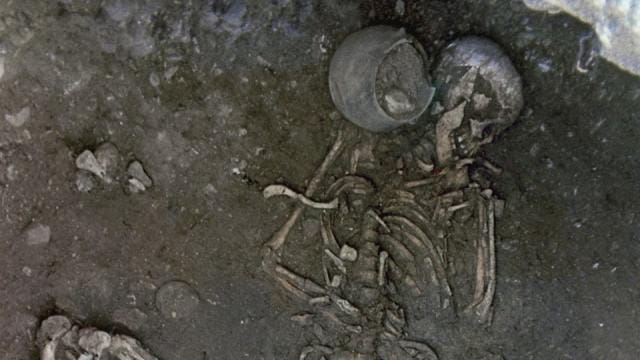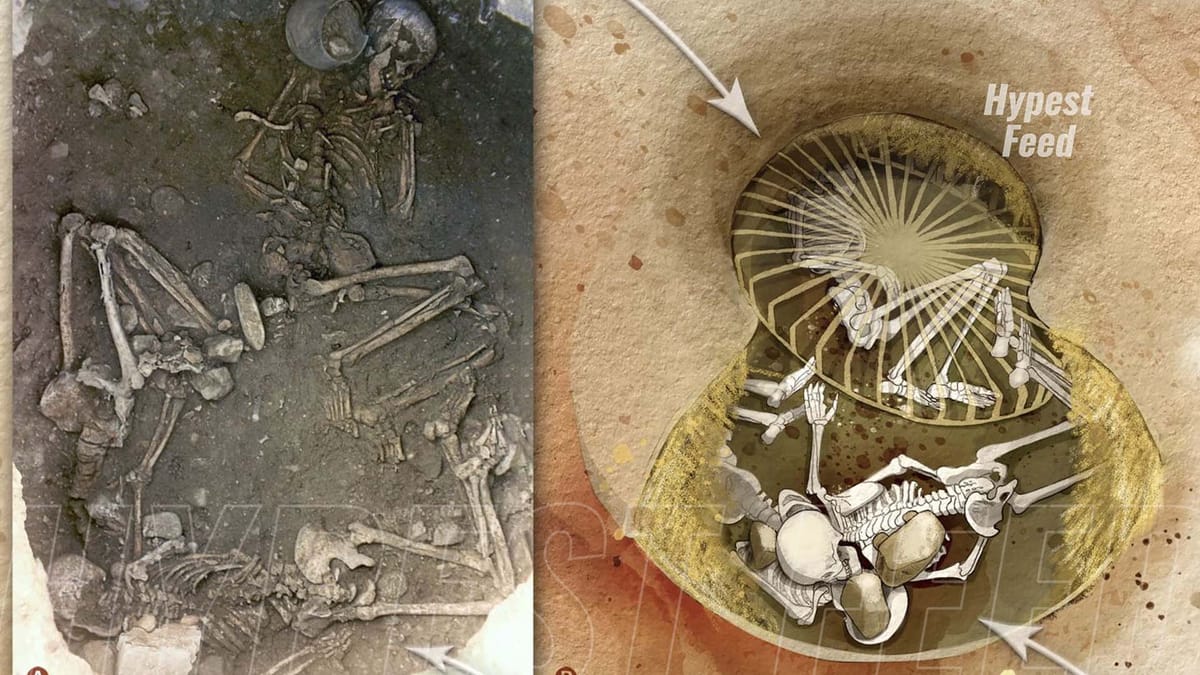More than 5,500 years ago, an archaeological discovery in southwest France revealed the harrowing fate of two women. Their skeletons, found in 1985 at the site in Saint-Paul-Trois-Châteaux, suggested a ritual sacrifice involving a form of torture reminiscent of modern-day Mafia practices. Researchers delved into the peculiar positioning of the three female skeletons, concluding that two likely met their end through a method akin to the Italian Mafia's "incaprettamento," involving the binding of the throat and ankles, ultimately leading to self-strangulation due to leg placement.

The recent analysis of skeletons unearthed across various European archaeological sites sheds light on a disturbing practice dating back more than 5,500 years. A study published in the journal Science Advances unveils a series of sacrificial killings reminiscent of ritualistic Mafia-style executions, with the discovery of 20 similar instances across Neolithic Europe. Led by Éric Crubézy, a biological anthropologist at Paul Sabatier University in Toulouse, the research team examined skeletons, including those found at the Saint-Paul-Trois-Châteaux site in southwest France, where three women were discovered in 1985.

While two of the women exhibited signs of having met their fate through a form of torture akin to the "incaprettamento" associated with the Italian Mafia, the circumstances surrounding the third woman's death remain unknown. However, their burial in the same grave, aligned with celestial events like the summer and winter solstices, suggests a deeper ritualistic significance. According to Crubézy, such gatherings might have been occasions for marking the turning of seasons, possibly involving human sacrifices in the belief that these acts would ensure agricultural prosperity.
The study, prompted by the COVID-19 pandemic's hiatus, also reveals a consistent pattern of sacrificial killings across Europe, spanning over 2,000 years of the Neolithic period. While the specific number of such sacrifices remains elusive due to insufficient data from other archaeological sites, the gruesome nature of the killings—where individuals were bound in a manner leading to self-strangulation—suggests a widespread and systematic ritual. This form of sacrifice, as Crubézy notes, is characterized by its cruelty and absence of external violence, with victims seemingly taking their own lives.

Although conclusive evidence of the women's identities and cause of death remains elusive, the study underscores the meticulous analysis conducted on skeletal remains to ascertain gender and potential familial relationships. With future research aimed at exploring the familial ties among the Saint-Paul-Trois-Châteaux women and investigating other unconventional burial practices in the vicinity, the study promises to unveil further insights into ancient rites and societal structures of Neolithic Europe.



Member discussion: